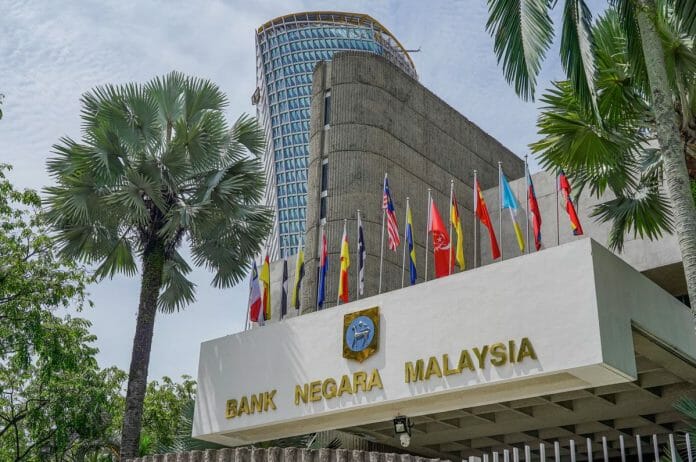As expected the US Federal Reserve increased the interest rates by 50bp, which was mostly in line with market expectations, With the latest increase, the interest rate in US now stands at 4.25–4.50%, the highest in 15 years.
The smaller rate hike marks the pivot in the Fed’s policy tightening cycle after four back-to-back 75bps hikes since Jun-22, and similar to MIDF’s expectation and what has been priced in by market consensus. The smaller hike was also backed by recent signs of easing inflation, while a further rate hike was widely anticipated given elevated inflation which remained above the Fed’s 2% target, on the back of a strong labour market.
The Fed also reiterated its commitment to reduce its balance sheet as part of its policy tightening. As of last week, the Fed’s balance sheet stood at USD8.58 trillion, a total reduction of USD382.75b from the peak in mid-April 2022. FOMC updated its growth projection… The FOMC downgraded its growth forecast for 2023, anticipating the US economy to grow below trend at +0.5% (previous forecast: +1.2%) which is the same pace projected for Fed to keep raising FFR towards 5% next year. We expect the Fed to keep its hawkish stance until inflation clearly trending lower to around 2%. The latest FOMC projection suggests core PCE price inflation will only touch +2.1% by 2025. Consequently, this will require the fed funds rate to be raised towards 5.1% next year, and could go as high as 5.4%, as shown in the Fed’s updated projection.
Given the easing inflation, MIDF expects this will also support smaller rate hikes and eventually for the Fed to pause. The Fed will continue to review its decision subject to economic developments and shifts in the inflation outlook, which would be influenced by supply conditions, movement in commodity prices, and changes in final demand, among others. The house also foresees the US to experience a soft landing given the robust labour market but remained cautious if the softening of US aggregate demand were to be sharper or earlier than anticipated.
On the local front, Bank Negara will continue with its policy normalisation and raise OPR higher towards 3% by early next year. The decision to increase OPR will not only be simply influenced by the Fed’s decision or US economic outlook but will be dependent on Malaysia’s economic fundamentals including the strength of domestic demand









